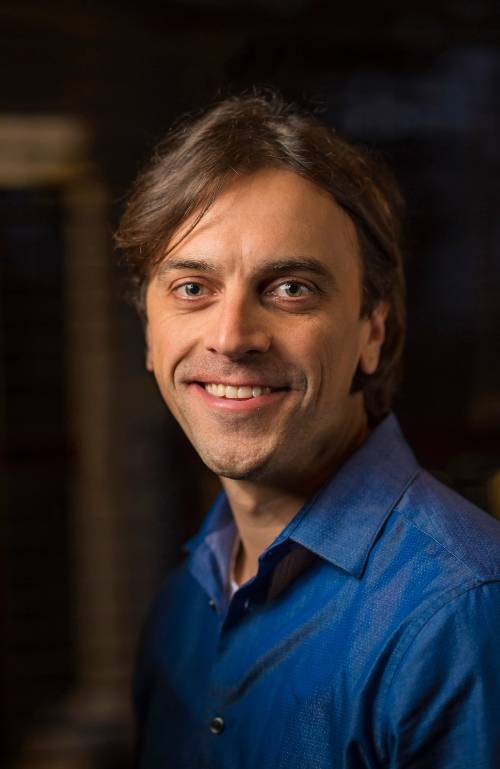"A Definition of Religion that Works: The Religious Group and the Database of Religious History,” to be delivered at the annual conference of the American Academy of Religion,” San Antonio, November 2016.
“Huari (dpa' ris / dpa' re): The Gateway between Mongolia and Tibet,” paper to be delivered at the international conference “Interactions within Buddhist Traditions in China and Tibet: Xianmi Combinations and Sino-Tibetan Buddhism,” Renmin University, Beijing, July 2016 (invited participant).
“Innovators and Imitators of Monastic Culture in Amdo and Inner Mongolia in the Eighteenth and Nineteenth Centuries,” paper to be delivered at the Fourteenth Seminar of the International Association for Tibetan Studies, Bergen, Norway, June 2016.
“The Database of Religious History,” co-delivered at the Workshop on Religion, Ritual, Conflict, and Cooperation: Archaeological and Historical Approaches, Center for Advanced Study in the Behavioral Sciences at Stanford University, April 2016 (invited participant).
“The Beautiful Path of Practice: Ritual Orthopraxy and Sectarian Coherence from Tibet to Mongolia,” paper delivered at the Association for Asian Studies Annual Conference, Seattle, March 2016.
“The Religious Group: Demarcating the Unit of Analysis in the Database of Religious History,” part of panel at the XXI Quinquennial World Congress of the International Association for the History of Religions, Erfurt, Germany, August 2015 (paper author; panel co-organizer).
“Orthopraxy and Ordering Monks from Central Tibet to Amdo,” Tibetan Buddhist Networking in the 18th century: Lives and Letters, Columbia University (organized by Gray Tuttle and Lauran Hartley and funded by the Henry Luce Foundation/ACLS Program in China Studies), March 2015 (invited workshop participant).
“It’s Not the Destination, It’s the Journey (to Rich People’s Houses): Or, Why Wutai Shan is Not That Special,” 17th Congress of the International Association of Buddhist Studies, August 2014.
“A Large Database Approach to Cultural History,” Digital Humanities Annual Conference, University of Lausanne and École Polytechnique Fédérale de Lausanne, July 2014 (lead author; with Edward Slingerland, Michael Muthukrishna, Fred Tappenden, and Carson Logan).
“The Database of Religious History,” Digital Humanities Summer Institute, University of Victoria, June 2014 (Unconference Session presentation).
“Enhancing Traditional Humanities Research,” Association for Asian Studies Annual Conference, Philadelphia, March 2014 (part of panel organized with colleagues at the University of British Columbia, “New Digital Humanities Approaches to Asian Studies”).
“Dazhong siyuan zhi jilü” 大众寺院之纪律 (Disciplining Masses of Monks), Qinghai Academy of Social Sciences, Xining, China, August 2013 (invited speaker).
“Disciplining Masses of Monks,” Vinaya Texts and Transmission History: New Perspectives and New Methods, Yongfu Monastery, Hangzhou, China, August 2013 (invited speaker).
“Chan Buddhism, Apparitions of Mañjuśrī, and the Sacred Mount Wutai: A Translation from the Chan Baizhang qinggui zhengyi ji,” The Space That Is More Than Space: New Perspectives on Buddhist Sacred Sites in East Asia, University of British Columbia, August 2013 (invited speaker).
“Sacred Sites, Politics, and Society,” The Space That Is More Than Space: New Perspectives on Buddhist Sacred Sites in East Asia, University of British Columbia, August 2013 (panel discussant).
“The Rise of Mega Monasteries in Northeastern Tibet,” Cultural Evolution of Religion Research Consortium First Plenary Meeting, University of British Columbia, May 2013 (poster presentation).
“Regulating Monastic Allegiance: The Imperial System of Monastic Regulation in Eighteenth-Century Amdo,” American Academy of Religion Annual Meeting, Chicago, November 2012 (panel organizer).
“Menggu’er yu Menggu guanxi: Youning si de Wang Fo xitong he Neimeng qizhang” 蒙古尔与蒙古关系:佑宁寺的王佛系统和内蒙旗长 (Monguor-Mongol Relations: Gönlung Monastery’s Wang Incarnation Lineage and the Zasag of Inner Mongolia), Second Annual Hebei Chan Culture Conference: Northern Chinese Buddhism of the Liao, Jin, and Yuan Dynasties, in Xingtai, Hebei Province, China, May 2012 (invited speaker).
“Tibetan Monastic Customaries (bca’ yig) in the Growth of Mass Monasticism in Amdo,” University of Virginia Buddhist Studies Forum, September 2011 (invited speaker).
“Zangchuan fojiao de sigui yu gelu pai zai Anduo diqu zhi fazhan” 藏传佛教的寺规与格鲁派在安多地区之发展 (Tibetan Monastic Customaries and the Growth of the Geluk Sect in Amdo), Institute of World Religions at the Chinese Academy of Social Sciences, Beijing, June 2011 (invited speaker).
“Tibetan Monastic Customaries (bca’ yig) in the Growth of Mass Monasticism in Amdo,” 16th Congress of the International Association of Buddhist Studies, Dharma Drum Buddhist College, Taiwan, June 2011.
“Tibetan Buddhist Blueprints for Reviving Chinese Buddhism: Fazun’s (1901-1980) Xizang minzu zhengjiao shi (Political and Religious History of the Tibetan People),” American Academy of Religion 2009 Annual Meeting, Montreal, Quebec, November, 2009.
“Tibetan Models for Resurrecting Chinese Buddhism: Early Chinese Accounts of Tibetan Buddhism,” North American Graduate Student Conference in Buddhist Studies, University of California-Berkeley, April 2009.
